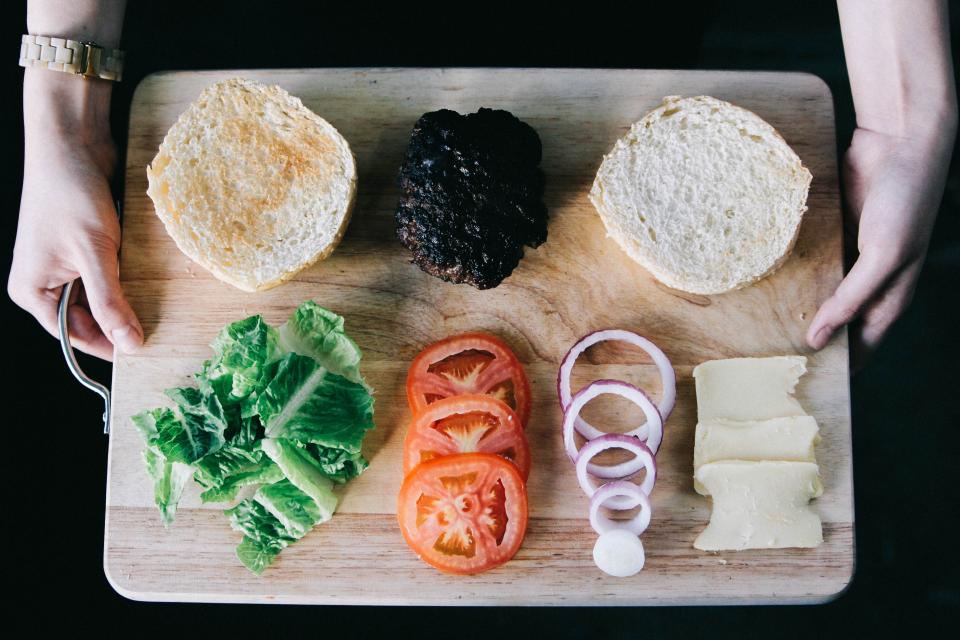We all know that eating well is important, but navigating the world of nutrition can feel overwhelming. Forget fad diets and restrictive plans; the key to feeling your best lies in creating balanced meals.
A balanced meal essentially provides your body with the right mix of macronutrients – carbohydrates, proteins, and fats – along with essential micronutrients like vitamins and minerals. Think of it as feeding your body a diverse array of tools it needs to function optimally.
Let’s break down the components:
Carbohydrates are your body’s primary energy source. Select whole grains (quinoa, brown rice, and whole-wheat bread) and complex carbohydrates like fruits and vegetables. They release energy gradually, so you feel full and satisfied for longer than simple sugars and processed carbs, which induce quick spikes and crashes.
Proteins: Essential for building and repairing tissues, proteins also play a crucial role in hormone production and enzyme function. Good sources include lean meats, poultry, fish, eggs, beans, lentils, tofu, and nuts.
Fats: Often misunderstood, healthy fats are crucial for brain function, hormone production, and nutrient absorption. Choose unsaturated fats like those found in avocados, olive oil, nuts, seeds, and fatty fish. Limit saturated fats from red meat and full-fat dairy, and avoid trans fats found in processed foods.
Beyond the Macros:
While macronutrients form the core of a balanced meal, don’t forget the importance of micronutrients. Load up on a variety of colorful fruits and vegetables, which are packed with vitamins, minerals, and antioxidants.
Putting It All Together:
- Building a balanced meal doesn’t require scientific precision; it’s about creating a diverse plate.
- One quarter of your plate filled with a lean protein.
- One quarter of your plate with complex carbohydrates.
- Half of your plate with a variety of colorful vegetables or fruits.
- A small amount of healthy fats.. For example, a balanced lunch could be a salad with grilled chicken, quinoa, mixed vegetables, and a drizzle of olive oil. A balanced dinner might include baked salmon, brown rice, and steamed broccoli.
Creating balanced meals is a journey, not a destination. Don’t worry about being perfect; focus on making conscious choices that support your overall well-being. By incorporating a variety of whole unprocessed foods into your diet, you’ll be well on your way to fueling your body with the nutrients it needs to thrive.
